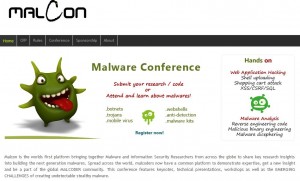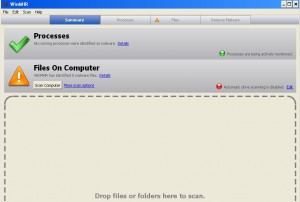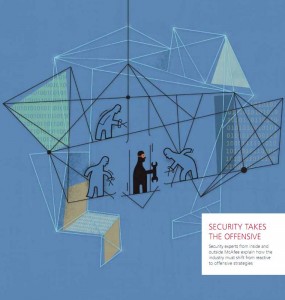 Both Adobe and Apple have released security updates or alerts in the past 24 hours. Adobe pushed out a critical patch that fixes at least 20 vulnerabilities in its Shockwave Player, while Apple issued updates to correct 13 flaws in Mac OS X systems.
Both Adobe and Apple have released security updates or alerts in the past 24 hours. Adobe pushed out a critical patch that fixes at least 20 vulnerabilities in its Shockwave Player, while Apple issued updates to correct 13 flaws in Mac OS X systems.
The Adobe patch applies to Shockwave Player 11.5.7.609 and earlier on Windows and Mac operating systems. Adobe recommends that users upgrade to Shockwave Player 11.5.8.612, available at this link. But before you do that, you might want to visit this link, which will tell you whether or not you need to update, and indeed whether you currently have Shockwave installed at all. If you visit it and don’t see an animation, then you don’t have Shockwave (and probably aren’t missing it either).
 One other note about Shockwave: Firefox users may notice a “Shockwave Flash” entry when they click “Tools,” “Add-0ns,” and then the “Plugins” tab. For reasons that are too complicated to explain in one breath, this is actually Adobe’s name for its regular Flash player, which most people probably do want installed because can be difficult to browse and use the Internet without it. By the way, if you haven’t updated your Flash Player in a while, Adobe issued a new version of that software on Aug 10 that plugged a half dozen security holes.
One other note about Shockwave: Firefox users may notice a “Shockwave Flash” entry when they click “Tools,” “Add-0ns,” and then the “Plugins” tab. For reasons that are too complicated to explain in one breath, this is actually Adobe’s name for its regular Flash player, which most people probably do want installed because can be difficult to browse and use the Internet without it. By the way, if you haven’t updated your Flash Player in a while, Adobe issued a new version of that software on Aug 10 that plugged a half dozen security holes.
Apple’s update affects Mac OS X Server 10.5, Mac OS X 10.5.8 , Mac OS X Server 10.6 , Mac OS X 10.6.4 and is available via Software Update or from Apple Downloads.












